This article was co-authored by Deanne Pawlisch, CVT, MA. Deanne Pawlisch is a Certified Veterinary Technician, who does corporate training for veterinary practices and has taught at the NAVTA-approved Veterinary Assistant Program at the Harper College in Illinois and in 2011 was elected to the board of the Veterinary Emergency and Critical Care Foundation. Deanne has been a Board Member of the Veterinary Emergency and Critical Care Foundation in San Antonio, Texas since 2011. She holds a BS in Anthropology from Loyola University and an MA in Anthropology from Northern Illinois University.
This article has been viewed 45,795 times.
Does your cat's eyelid look red and swollen? If so, blepharitis could be the culprit. This condition involves swelling of your cat's eyelid, and it most often occurs on the outer parts of eyelids (as opposed to the inner surface). In order to diagnose and treat this condition in your cat, you will need to be able to spot the signs that it is developing blepharitis. Then you will need to get veterinary guidance about the cause of the condition and how to treat it.[1]
Steps
References
- ↑ https://vcahospitals.com/know-your-pet/blepharitis-in-cats
- ↑ https://vcahospitals.com/know-your-pet/blepharitis-in-cats
- ↑ https://vcahospitals.com/know-your-pet/blepharitis-in-cats
- ↑ https://vcahospitals.com/know-your-pet/blepharitis-in-cats
- ↑ https://vcahospitals.com/know-your-pet/blepharitis-in-cats
- ↑ https://vcahospitals.com/know-your-pet/blepharitis-in-cats
- ↑ http://www.infovets.com/healthycatsinfo/f218.htm
- ↑ http://www.eyecareforanimals.com/conditions/blepharitis/
- ↑ http://www.eyecareforanimals.com/conditions/blepharitis/
About This Article
If you notice your cat's eyelids are swelling, crusty, or full of discharge, it may have Blepharitis and need to be taken to the vet for an official diagnosis and treatment. Your vet will most likely perform a biopsy or take some skin scrapings, so they can determine the underlying cause for your cat's condition. To treat your cat's blepharitis, your vet will probably prescribe antibiotic ointment to apply to the surface of your cat's eyelid. You can also apply a warm compress to your cat's eyes to minimize swelling and discomfort, if your cat is willing to cooperate. In some cases, you may want to consult with a board-certified veterinary ophthalmologist for a second opinion, especially if your cat's condition has not improved with initial treatment. For more tips from our Veterinary co-author, like how to find a veterinary ophthalmologist to diagnose and treat your cat's Blepharitis, read on!
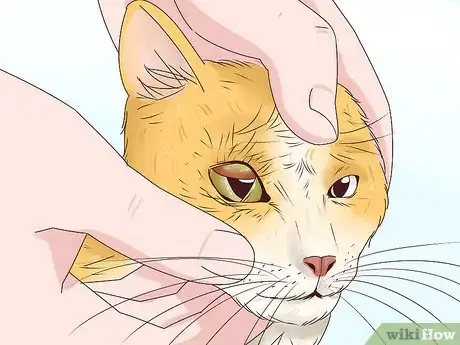
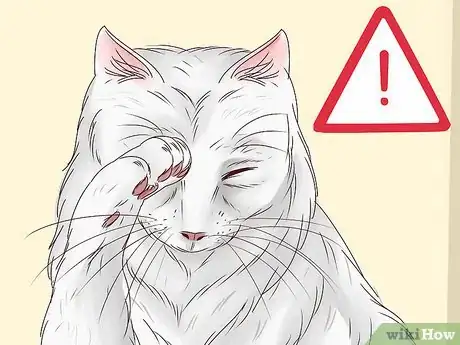
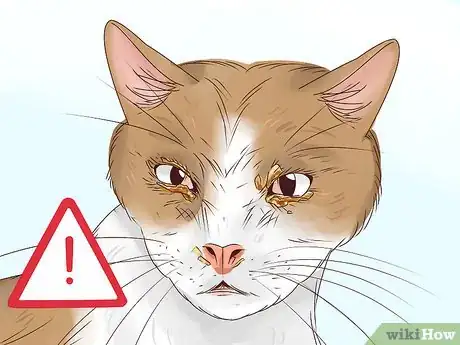
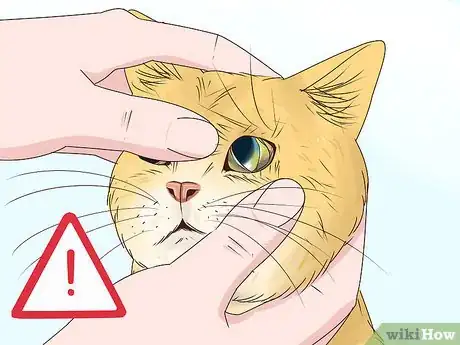

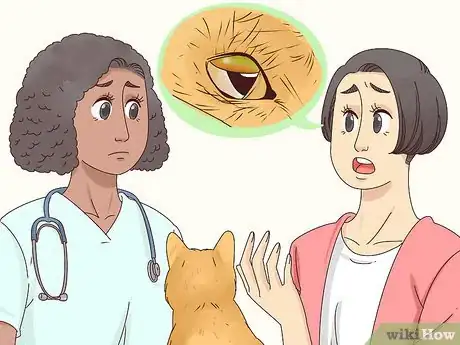

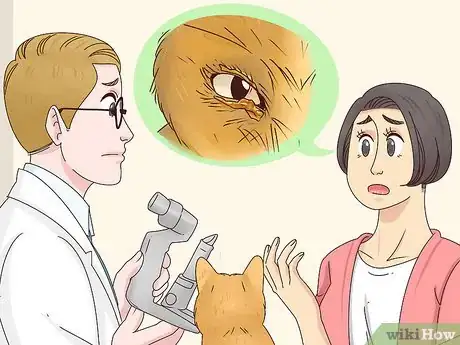
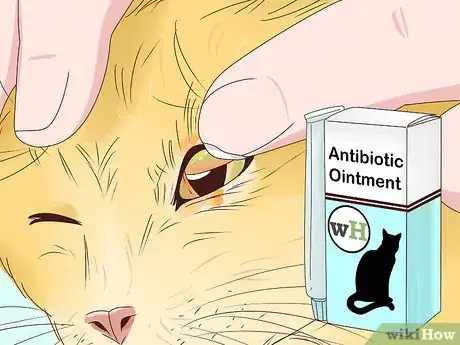
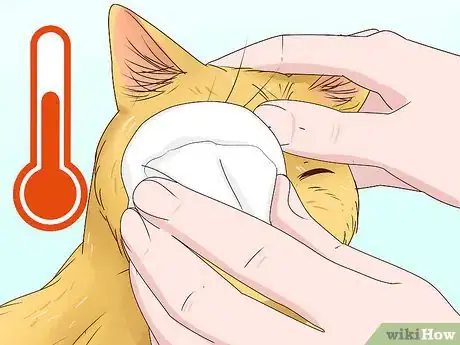
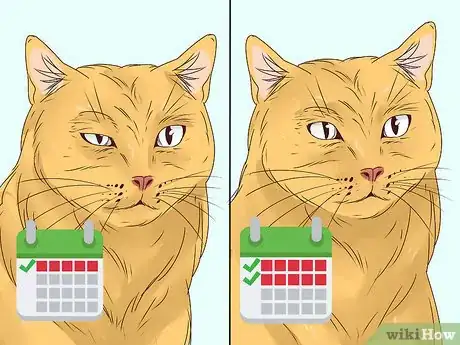
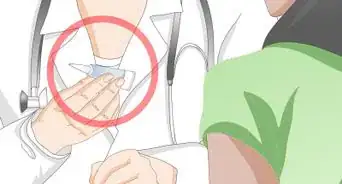



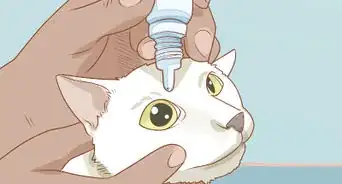
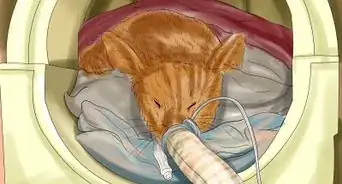


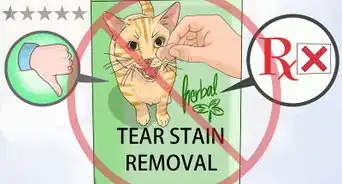
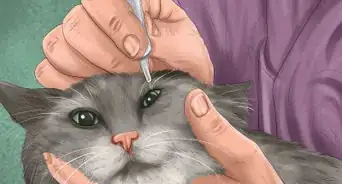
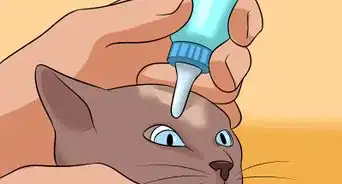








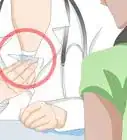
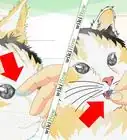
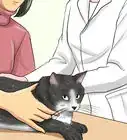




































Medical Disclaimer
The content of this article is not intended to be a substitute for professional medical advice, examination, diagnosis, or treatment. You should always contact your doctor or other qualified healthcare professional before starting, changing, or stopping any kind of health treatment.
Read More...